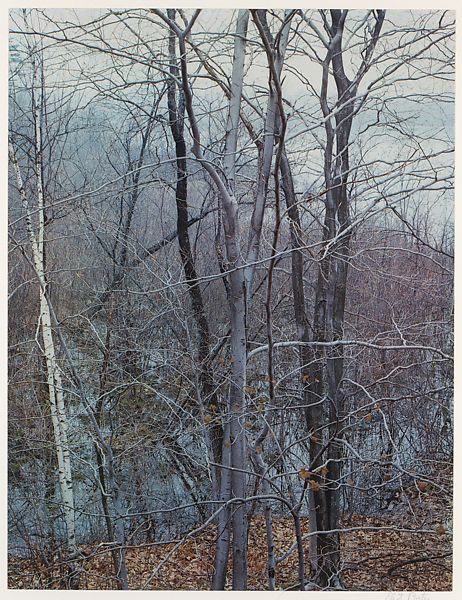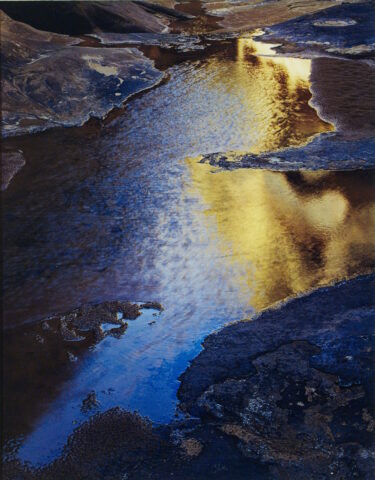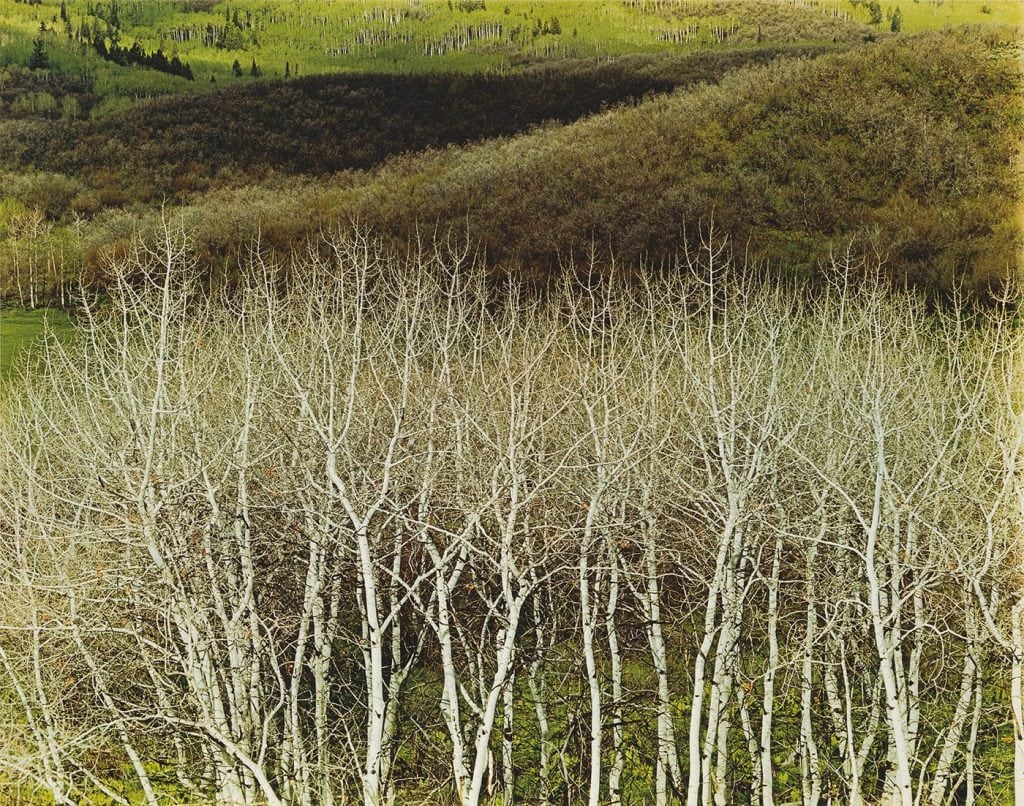Rural Landscape Photography focuses on photographing areas that are left mostly untouched by mankind, instead focusing on shapes and compositions created by nature. A lot of rural landscape photography is taken in the countryside, in large green fields, however images can be taken in almost any environment, be it woods, mountains or even seaside cliffs.

Early rural landscape images would have been taken by scientists and explorers while on expeditions. These images could be used to show the people back home what the place looked like, as well as to document animals and plants in that area.
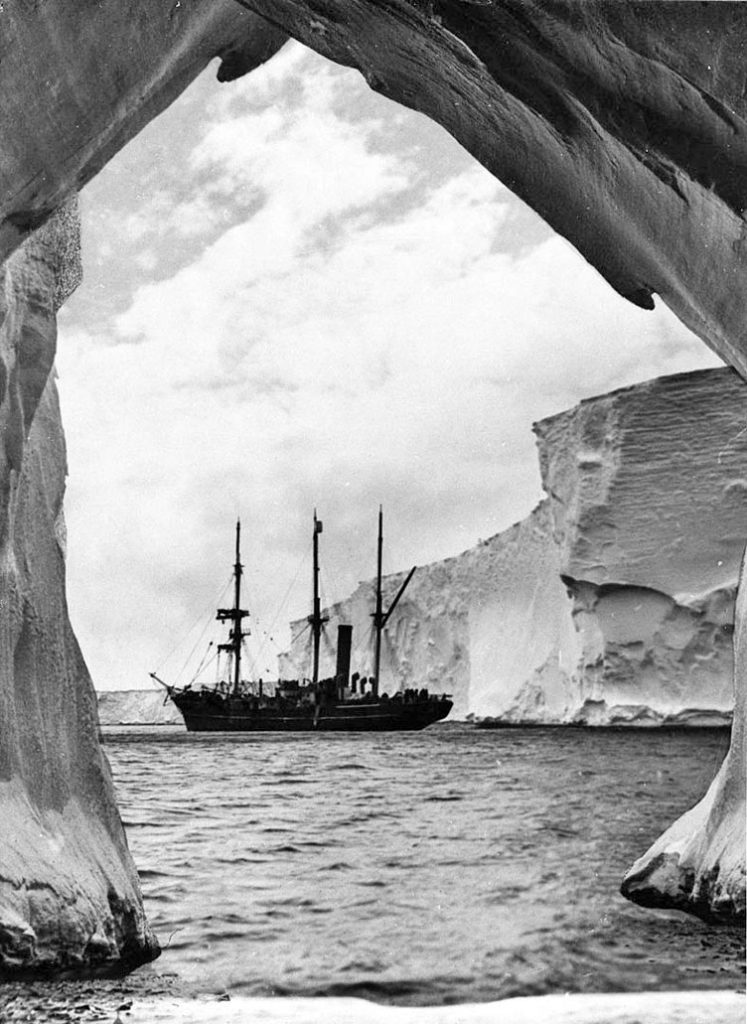
Romanticism is an artistic movement that was most popular from the late 1700s to the mid 1800s, it consists of multiple kinds of art, like painting, literature and music, but it can also be applied to photography. A large focus of Romanticism is appreciating the beauty of nature, as well as the rejection of artistic values of the time.

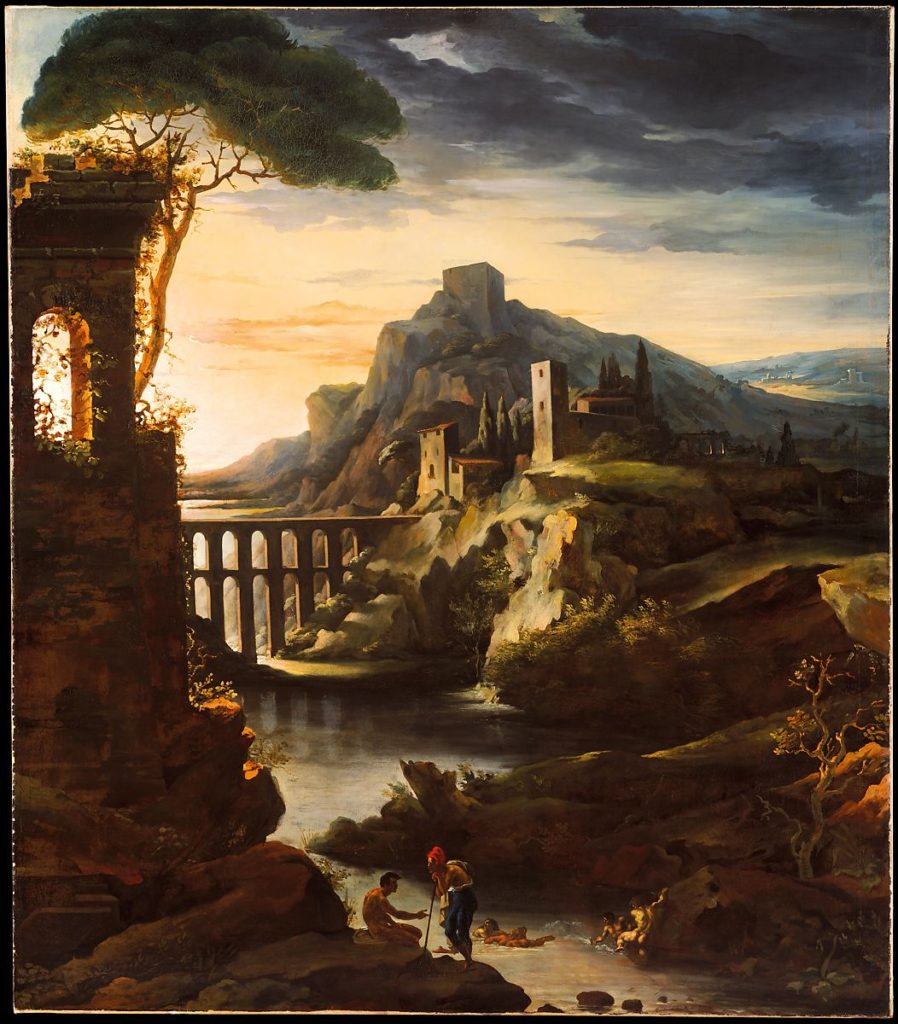
Paintings that are a part of the Romantic movement tend to have a big focus on ornate landscapes, making them both beautiful and terrifying, their size swallowing the small figures placed on the canvas, known as the sublime. In Edmund Burke’s book, Philosophical Enquiry, he connects the emotions felt towards the sublime as experiences of awe, terror, and danger.
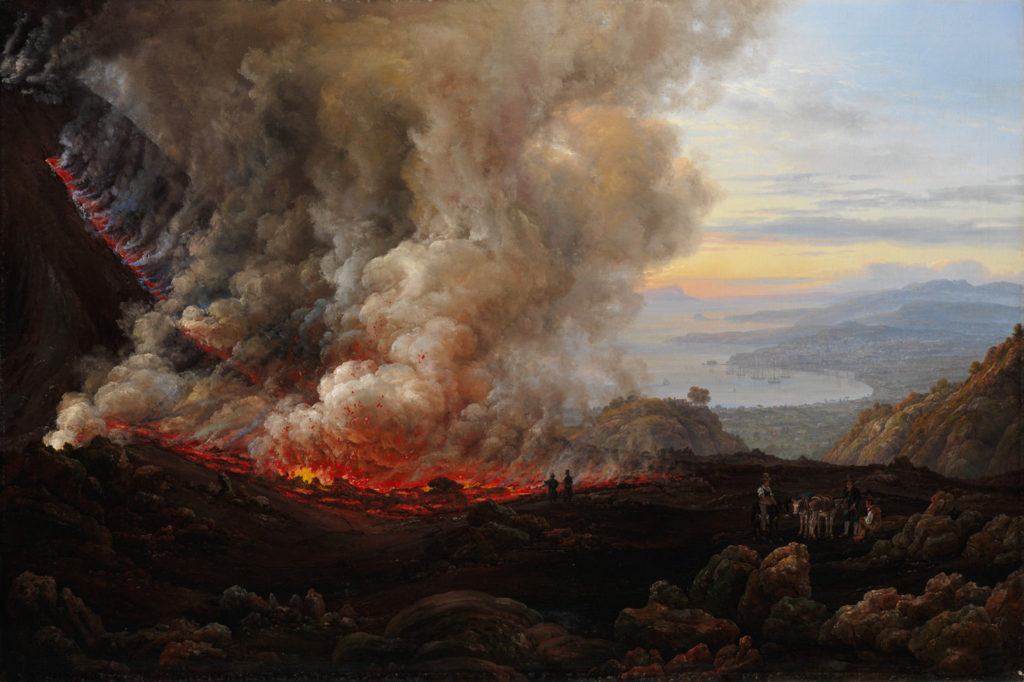
Romanticism came as a result of the Age of Enlightenment, a period of time where Western ideals began to shift from religion towards science. Romantic artists questioned the sense of order and rationalism pushed by Enlightenment, and the relationship between nature and humanity is often explored in Romantic work.
Eliot Porter was an American landscape photographer, best known for his interesting landscape photographs. His pictures were inspired by the work of Ansel Adams, another photographer known for photographing the sublime. Porter’s style was very bright and colourful, with compositions reminiscent of old paintings from the Romantic era.
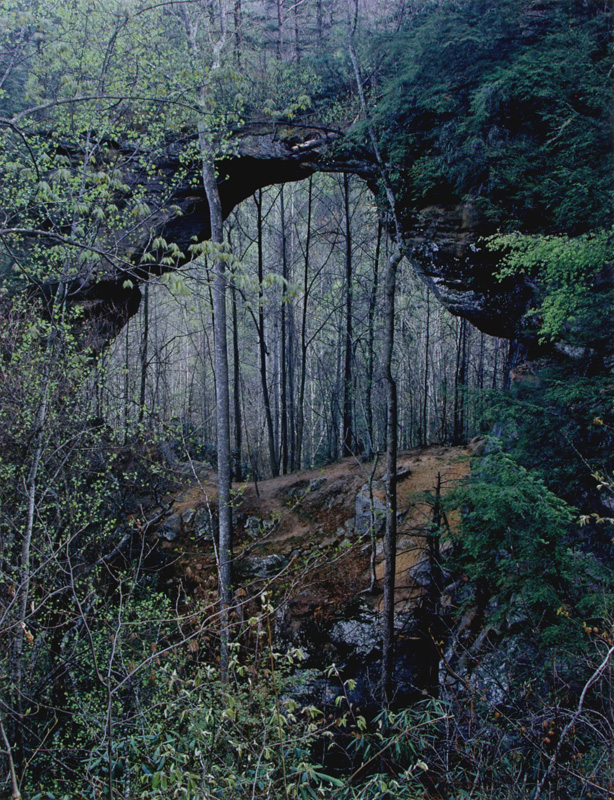
An image taken by Porter during his travels. The image is split almost perfectly with the rule of thirds, the stone arch and the brown dirt dividing it horizontally, while the two thin trees divide it vertically. It looks almost like a gateway, if the viewer was actually there, they may get swallowed by nature itself. The image is peaceful and still but still unnerving, perfectly able to capture the feeling of the sublime. The colours are bright like all of Porter’s work, the blues, greens and greys contrasting the warm dirt in the rough centre of the image, with small bits of yellow hinted throughout the picture. The shadows are deep, once again fuelling the fear of the sublime, and the trees through the arch look as if they go on infinitely. Nothing in the image is manmade, making it seem as if they are trapped in the natural world, with nowhere to go except through the arch.



